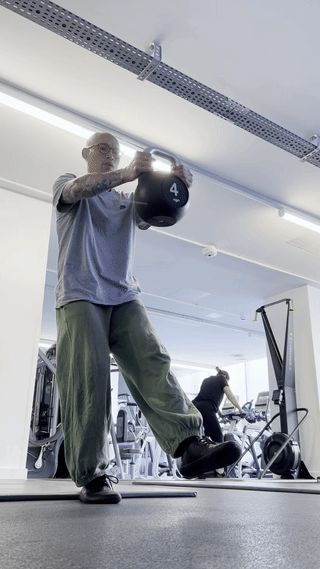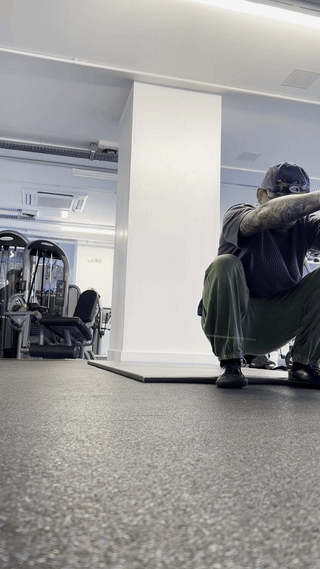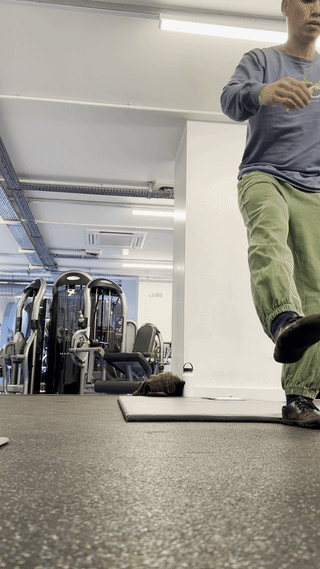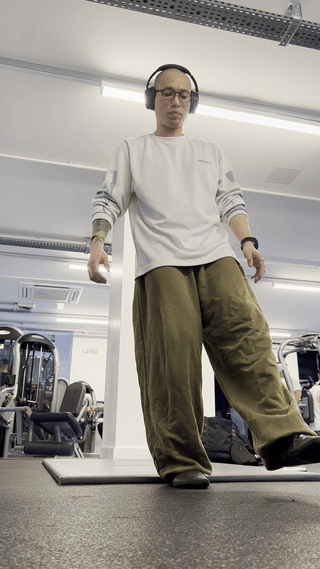I consider my lower body to be particularly weak mainly due to neglect from all these years. During my teenage years (about 16 years old), I started weight lifting and NEVER — and I mean NEVER — worked out my legs, only focusing on building mass in my upper body. Back then, I was focused on my aesthetics, wanting to sculpt myself into someone with a chiseled arms and popping chest: my then definition of masculinity. Fast forward 20 years later, my definition of attention has shifted towards function (i.e. “can I perform this movement without pain and incorporate it into my movement practice”) and longevity.
In any case, turning my attention towards my lower body, I made the decision to start training pistol squats about 7 weeks ago, my initial draw towards it was that the move “looks cool.” On top of that motivation, I’m finding that attempting this movement serves as a diagnostic tool:
- Is your quad weak?
- Are you cramping in the rectus femoris?
- Are you able to bend your knee over your ankle?
- Can you feel tension in your hamstring while its working?
With that in mind, I am training my single leg squat by following this progression from the lovely folks over at Stretch Therapy:
Progress
May 23, 2025 (Week 07)

No victory too small. Yesterday, I was able to perform one entire pistol squat. Albeit, I was holding a 4 KG kettle bell to assist with balance however this just goes to show in just a couple months, my legs are gaining strength. Above all else, I am NOT (unlike many other areas of my life) obsessing over the movement. I am once a week, hitting the gym for about 45 minutes, going through the sequence and then moving on. Non-obsession, it has it’s place …
April 21, 2025 (Week 04)
Just a few weeks ago, you can see how shaky my base leg is, even at the very beginning of the movement, when I am upright.

March 28, 2025 (week 02)

March 21, 2025 (Week 01)
